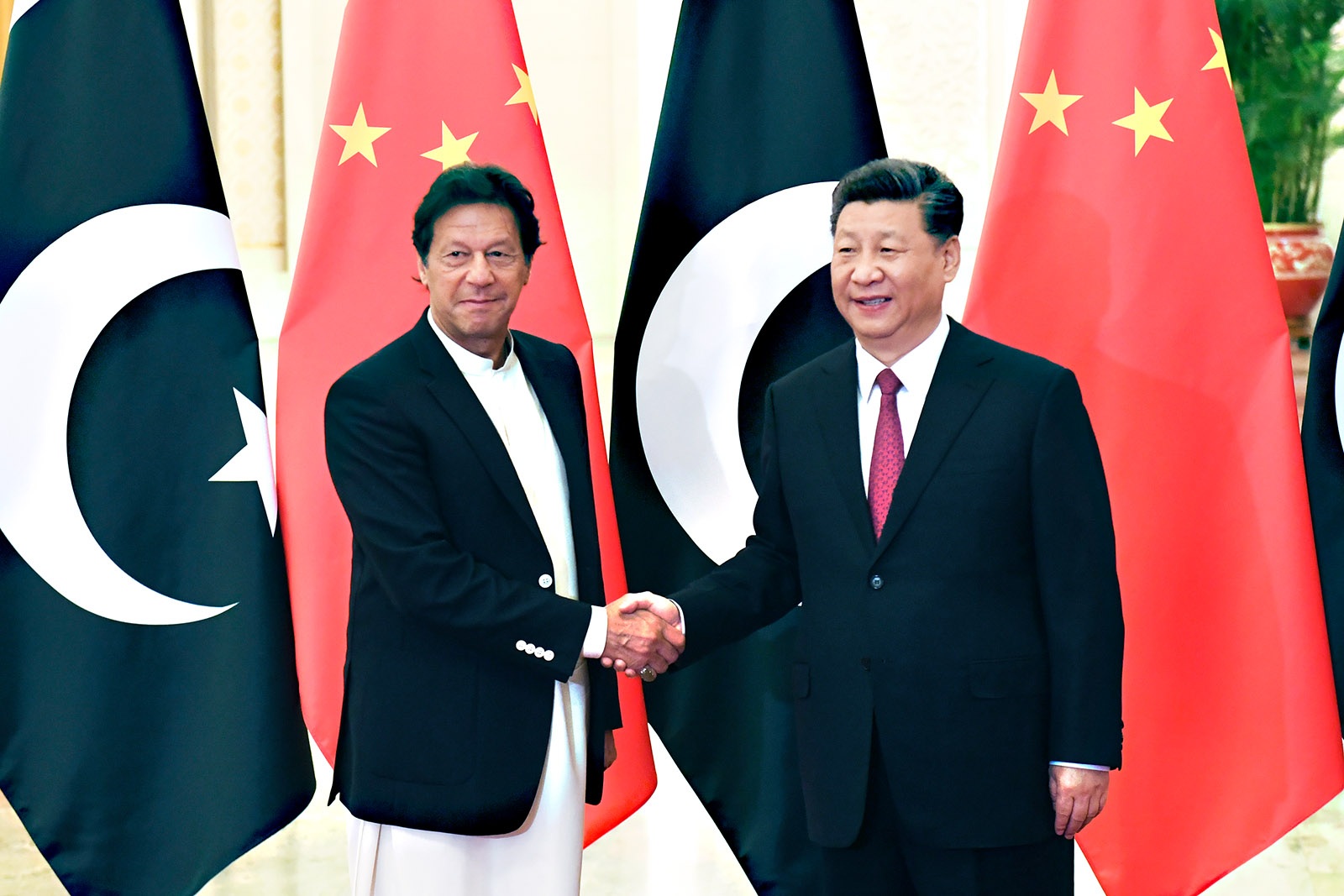China appears to be riding its nuclear export ambitions on a cooperation, which is itself built on a blatant violation of non-proliferation rules.
In March 2021, Unit 2 of the Karachi nuclear power plant, the 1014 MW Kanupp-2, was synchronised with Pakistan’s electricity grid. Under construction since 2015 as part of an agreement signed in 2013 between China National Nuclear Corporation and Pakistan Atomic Energy Agency, the reactor took the national share of nuclear electricity from 5% to 9%. This sixth nuclear reactor is also Pakistan’s largest. The other five operational reactors range from a capacity of 100 to 340 MW, together producing a mere 1,430 MWe.
While this reactor has added to Pakistan’s electricity generation, the development is of no less significance for China. It is the first fully designed Chinese reactor, Hualong One, to be built outside the country. Beijing plans to export this as HPR1000 and the extensive help rendered by China to Pakistan’s nuclear power programme over last three decades helps China to showcase its nuclear prowess.
China-Pakistan agreement for civilian nuclear cooperation was first signed in 1986. This resulted in construction of a 300 MW reactor at Chashma that became operational in 2000. Subsequently, three more reactors had been built at this site by 2017, and another has since been announced. Meanwhile, the 2013 agreement was for construction of two Hualong One reactors at the Karachi site, where a 137 MW reactor, built under the US Atoms for Peace programme, is operational.
A majority of the reactors offered by China to Pakistan are in violation of China’s commitments under the Nuclear Suppliers Group (NSG). NSG allows civilian nuclear cooperation with only those countries that accept full-scope safeguards over their nuclear programme. Pakistan does not. Nevertheless, China has “grandfathered” new reactors under the 1986 agreement, though it had not announced any such commitments while joining the NSG in 2004. Additional reactors are obviously an afterthought, borne out of an understanding that nuclear cooperation suits both sides.
For Pakistan, expansion of nuclear power helps to better balance its energy mix that is presently heavily skewed in favour of imported natural gas. 40% of its electricity comes from this one source. Hydropower is at second place at 25%, with little scope for further growth. Interestingly, despite substantial coal reserves, though of poor quality, Pakistan has traditionally not invested much in coal-fired power plants. This has allowed it to remain amongst the lowest carbon emitters. But this could change once the 21 energy projects that China has contracted under China Pakistan Economic Corridor (CPEC), three-quarters of which are coal-based, become operational. To reduce GHG emissions and meet Paris agreement targets, Pakistan will have to turn to renewables and nuclear energy. The latter is currently available to it only from China. Besides, China’s support helps Pakistan in its constant efforts to “equalize” itself with India on all matters nuclear. So, to match the NSG waiver granted to India in 2008, Pakistan has sought the same benefits through its relationship with China.
For China, the benefits of civilian nuclear cooperation play out at several levels. Firstly, Beijing earns the goodwill and gratitude of Islamabad for cooperation in an area otherwise denied to it. Secondly, the “specialness” of the relationship enables China to encash on other lucrative energy deals in Pakistan. And, given the Chinese model of infrastructure build-up, benefits are likely to flow more to its own private sector than the recipient nation.
Thirdly, the cooperation lets China set its equation with the US. Just as Washington facilitated India’s accommodation into the non-proliferation regime, Beijing believes it can and must assert its right to do the same for its “iron brother”, even at the cost of flouting NSG guidelines. In fact, that is supposed to demonstrate its global standing at par with the US.
Lastly, but most importantly, the successful construction and operation of its nuclear reactors in Pakistan gives China the opportunity to validate its designs for exports and showcase itself as a credible supplier for the 28 countries with whom it has signed nuclear cooperation agreements. Ironically though, China appears to be riding its nuclear export ambitions on a cooperation, which is itself built on a blatant violation of non-proliferation rules. The fact that China could violate NSG guidelines and that the global nuclear order could not check it calls for some serious thinking about the nuclear order.
This could be a matter of greater concern since many of the countries with whom China has signed nuclear deals are newcomers, such as Cambodia, Egypt, Kenya, South Africa, Sudan, Thailand, Uganda, etc. Given the nature of nuclear technology, it is important for a nuclear supplier to help first-timer recipients to suitably prepare through activities such as conduct of environmental impact assessments, drafting legislation, setting up independent regulatory mechanisms, establishing safety and security processes, building trained workforce, etc. It may be recalled that when the US started the Atoms for Peace programme in 1953, it also helped to build governance structures like the IAEA. Will China, with its habitual disdain for global rules of governance, insist on time-consuming procedural requirements or set its own standards of safety, security and non-proliferation?
Needless to say, laxity in any aspect of nuclear governance that results in an adverse incident would globally affect public perception about nuclear energy and impact the nuclear industry. It would also strike a blow to the utilisation of nuclear energy as a carbon-neutral source at a time when it is being considered for a role in transition to a carbon-free world. Therefore, while China may be in a hurry to go global, it must be asked to behave more responsibly and show greater compliance with the global nuclear governance framework than it has done till now.
Manpreet Sethi is Distinguished Fellow, Centre for Air Power Studies, New Delhi.

